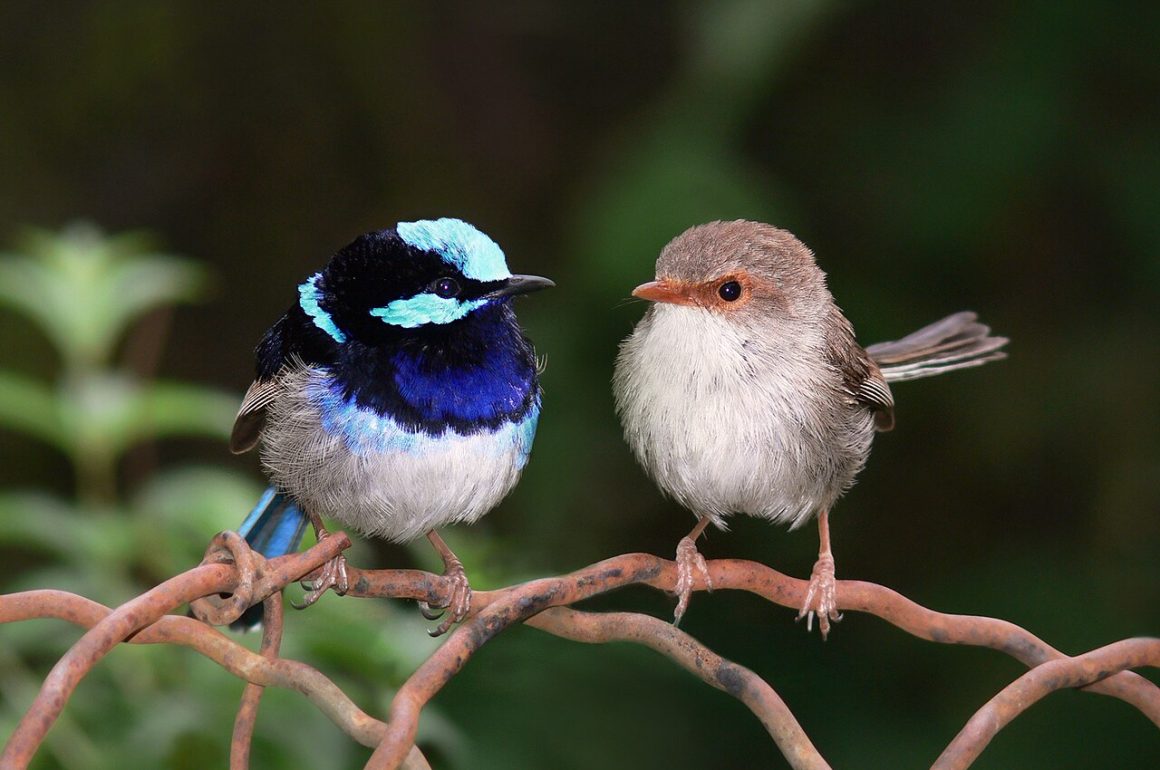
Cock-of-the-Rock
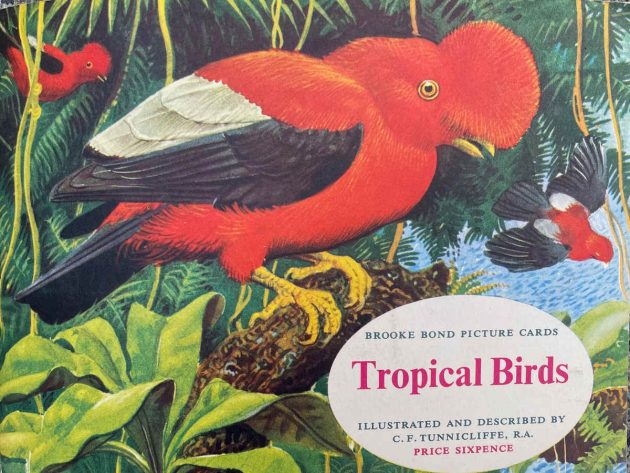
I was about seven years old when I first saw a picture of a Cock-of-the-Rock. It was the cover bird for the album of a series of 50 Brooke Bond picture cards, called Tropical Birds. The cards were given away in packets of Brooke Bond tea. According to Brooke Bond, “this series of picture cards is offered in the interests of education”; the cards were illustrated by Charles Tunnicliffe, one of the finest of Britain’s 20th-century bird artists. As far as I know, he never ventured to America, let alone the forests of the Amazon, but his beautiful picture of a Cock-of-the-Rock left me wanting to see one of these amazing birds.
Tunnicliffe wrote the short accompanying texts, too. For the Cock-of-the-Rock he wrote; “In the deep forests of northern Peru and the upper reaches of the Amazon these flame-coloured creatures have their home… they are lively and vivacious, and sometimes indulge in strange dances on the forest floor, in which as many as 20 birds will congregate to watch while on of their number postures and leaps, accompanied by the cries of watchers.”
Today, several decades later, I still dream of seeing a Cock-of-the-Rock dancing in one of these deep and mysterious forests, and I am getting a little closer to making my dream come true, with plans for a trip to Ecuador. The Brooke Bond cards did further my education, but Brooke Bond would be disappointed to know that I never became a tea drinker (David Tomlinson).
Kinglet Calyptura
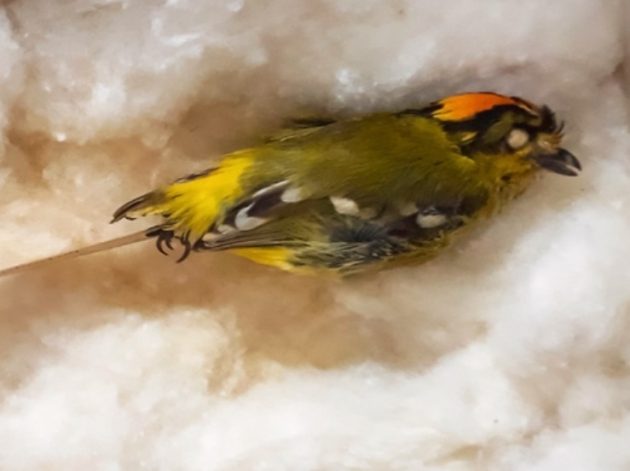
Whenever I thumb through the pages of my HBW checklist of all the birds in the world, I linger on the page that shows the Kinglet Calyptura. This bird has not been seen since the 1990s, it’s very cute and tiny, its population has been estimated between 1 and 50 individuals, and it lives in my favourite biome in Brazil, the Atlantic Forest (Mata Atlântica). Other people dream of being a superhero, I am dreaming of going to its home in the Mata Atlântica, seeing a ton of really nice birds, and then, after turning a corner on a remote forest path, spotting the Kinglet Calyptura in a bush. Miraculously, it’s so close that my picture is razor sharp, proving my sighting and assuring me eternal fame as the last person to see this bird (Peter Penning).
Southern Cassowary and Superb Fairy-wren.
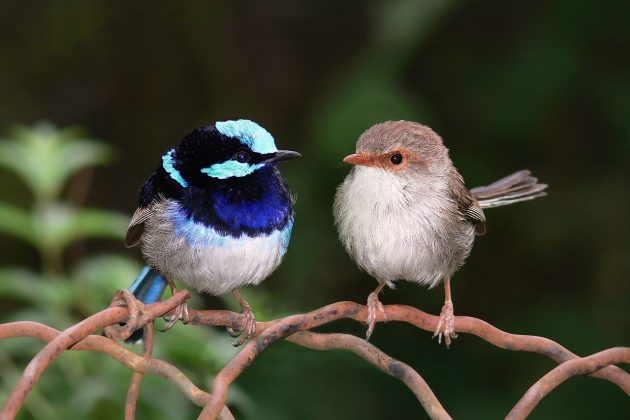
My dream destination is Australia, which means my dream birds are there. I would like to see the Southern Cassowary, because it looks like something from the age of the dinosaurs. Also, I would like to see a Superb Fairy-wren. I love little, dickie birds and hummingbirds. This bird is like a fabulous mix of the two. The plane trip and time change are grueling, so I’ll probably only ever enjoy photographs of these birds (Leslie Kinrys).
Satyr Tragopan
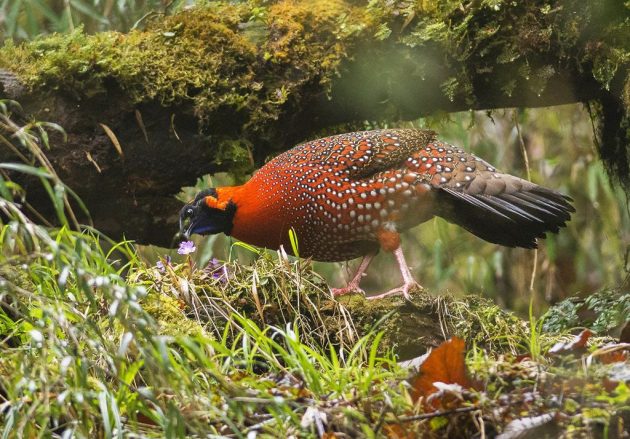
As a teenager, I never mentioned birding as my main interest to people I hadn’t met before, because it was decidedly uncool. Nowadays, avoiding this passion in introductory conversations stems from a motive other than embarrassment. The first reaction to me mentioning birding is invariably the question “what’s your favourite bird?”. I really struggle with answering this honestly but concisely (too detailed answers often leave the other person to regretfully realise that they didn’t care that much). Talking about such matters with fellow birders is a completely different story, however, and the same goes for dream birds.
I do not have one uncontested dream bird that I’ve been most wanting to see over the years. Often, these change when I read trip reports where others have sought a unique and highly desirable species from some part of the world. However, one bird that has for the longest time been very high up there is the Satyr Tragopan. I’m sure some birders would now sigh – how unoriginal. This stems from Mark Cocker’s excellent (and curtly yet aptly-named) book Birders, where the tragopan is something of a holy grail. I still haven’t been to anywhere near where it occurs, but one day, I will definitely search for this creature in the rhododendron forests of the Himalayas (Luca Feuerriegel).
Hoatzin
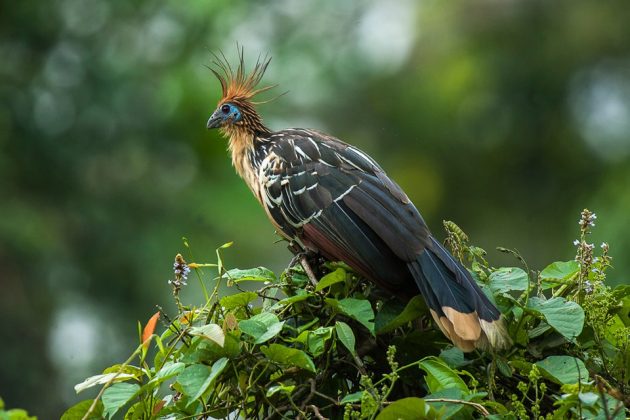
One description of the Hoatzin has stuck with me – I read it somewhere, but cannot remember where: “A bird that looks like it has been made up from the spare parts of other birds.”
But not only does it look odd, it also lives mainly on leaves, has a digestive system somewhat reminiscent of a cow, does not like flying that much, and lives on a pretty bare and lonely branch of the avian tree of life. And it smells. This is a bird I have to see, better sooner than later.
Credits:
“kinglet calyptura” by Ricardo Gagliardi is licensed under CC BY-NC 4.0.
“Superb fairy wrens mark 2” by user:benjamint444 is licensed under CC BY-SA 3.0.
Satyr Tragopan photo by Rejaul Karim. Licensed under the Creative Commons Attribution-ShareAlike 4.0 License.
“Hoatzin – Manu NP – Perù 9203 (15525812066)” by Francesco Veronesi from Italy is licensed under CC BY-SA 2.0.




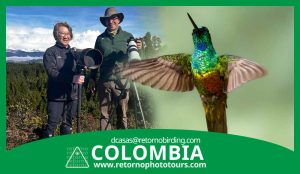
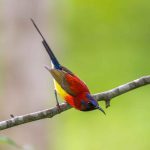
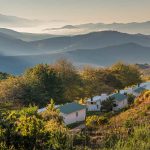
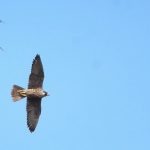
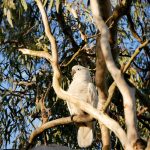
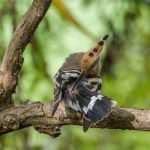
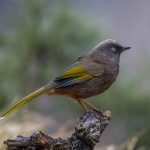

Fairy-wrens, unlike hummers, never disappoint!
Such a great collaborative post. The birds that live in our dreams and the dreams that guide our lives. I have a few of those. Thanks to the writers for sharing theirs here.